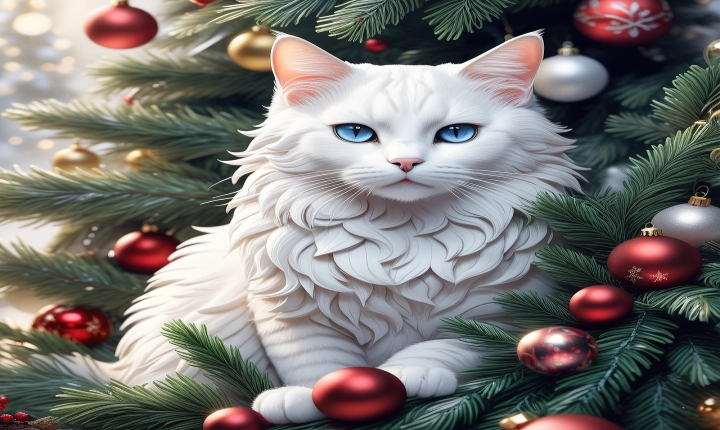Can AI Art be Copyrighted?
In recent years, the advancements in artificial intelligence (AI) have given rise to a new form of creative expression in the art world. AI-generated art, created by algorithms and machine learning systems, has sparked intriguing questions about copyright ownership and the protection of intellectual property. As AI becomes more sophisticated and is capable of creating art that is indistinguishable from that of human artists, the legal and ethical considerations surrounding the copyright of AI-generated art have become increasingly complex.
The fundamental issue at hand is whether AI can be considered the “author” of a piece of art, and if so, whether it is eligible for copyright protection. Traditionally, copyright law has been centered around creative works made by human beings, and the concept of AI-generated art presents a significant challenge to the existing framework. In many jurisdictions, copyright protection is contingent upon the work being the product of human intellectual effort. This has raised questions about the extent to which AI-generated art can be considered original and whether it falls within the scope of copyright protection.
One argument in favor of copyright for AI-generated art is that the process of creating such art often involves the input and guidance of human programmers, designers, and engineers. These individuals play a significant role in developing the algorithms and training the AI systems to produce the desired artistic output. As such, they may be viewed as the “authors” of the AI-generated art and could potentially claim copyright ownership.
On the other hand, opponents of granting copyright to AI-generated art argue that the absence of human creativity and intention diminishes the justification for copyright protection. While the AI system may produce original works, it does so based on patterns and data it has been trained on, rather than through genuine creative expression. Furthermore, there are concerns about the potential for AI-generated art to infringe upon the copyright of existing human-created works by producing similar or derivative pieces.
In a landmark case in 2019, a U.S. federal court ruled that copyright protection does not extend to works produced by animals, concluding that copyright law is limited to human authors. This decision raised parallels with the debate surrounding AI-generated art, as it underscored the traditional understanding of copyright as being tied to human creativity.
To address the complexities of AI-generated art and copyright, some have advocated for the development of new legal frameworks and regulations specifically tailored to these emerging forms of creativity. This could involve redefining the concept of authorship and creating mechanisms for determining ownership and rights in AI-generated works. Additionally, there have been discussions about introducing special provisions to address the potential conflicts that may arise between AI-generated art and existing copyright-protected works.
As the intersection of AI and art continues to evolve, it is clear that the legal and moral questions surrounding the copyright of AI-generated art will require careful consideration. Finding a balance between encouraging innovation in AI-generated art and safeguarding the rights of human creators will be crucial in shaping the future of copyright law in this domain. As legislators and stakeholders grapple with these issues, it is essential to keep in mind the importance of preserving creativity and promoting the growth of AI as a tool for artistic expression while respecting the principles of intellectual property law.
